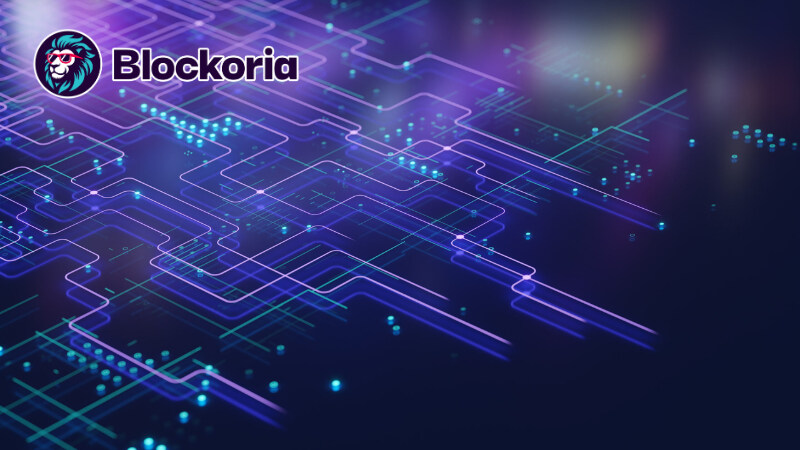.png)
Vitalik Buterin, together with researcher Tony Warstetter, has submitted for discussion draft EIP-7983, which proposes to limit the maximum amount of gas for a single transaction at 16,777,216. Now, let us remind you that theoretically any transaction can absorb the entire block limit, creating a load imbalance and complicating the life of validators.
The blurred boundaries of “gas” turned the processing of large contracts into an unpredictable process. When a single transaction ate up to 100% of a block, parallel engines failed to distribute computations evenly: some cores were idle, others were working at the limit, and zkVM proofs were stretched for minutes. Repeated skewing led to commission spikes and pushed developers to break complex calls manually.
The proposed cap fixes the new upper bound for a reason. A degree of 2⁴² gives an even binary split, easing downstream shading and simplifying computation within client implementations. Engineers compare this to the transition from uncontrolled RAM consumption to strictly defined quotas in cloud services: the performance of individual threads drops only slightly, but predictability grows manifold.
The arguments for a hard limit are supported by statistics: the vast majority of operations already fit within 2-3 M gas. The critical list of exceptions is small - deployment of complex DeFi protocols, migrations of old multisig and rare L2 bridges. The authors are confident that even these cases will adapt painlessly to the split. In addition, the limit removes a barrier to future parallelism, where a block will consist of fixed-sized threads, which is important for Ethereum's modular architecture.
Stock analysts note that the discussion about 16.7M coincided with a rise in open interest in staking: institutional validators are increasing the share of liquidity being circulated, counting on preemptive improvements to reduce latent risks. Traders, on the other hand, are focused on fee volatility: the gas cap removes the “peak” transactions that used to cause base-fees to skyrocket and burn dollars in MEV races.
However, the value effect goes beyond savings. A rigid framework turns the blockchain into a standardized construct, and that's key to mass adoption of parallel implementers. If EIP-7983 passes audits and gets core developers “ticked off,” subsequent Proto-Danksharding upgrades could arrive on the core network faster because they won't have to lay down for indefinable edge cases.
The draft is already open for wide revision. Community managers are targeting feedback for August, after which the AllCoreDevs committee will decide whether the proposal will make it into the fall hardfork. While positions are being formed, infrastructure players are testing artificial workloads and large steak pools are measuring potential hardware savings. It's been a long time since the industry has heard such a concrete metric that can unite investment and engineering interests.



